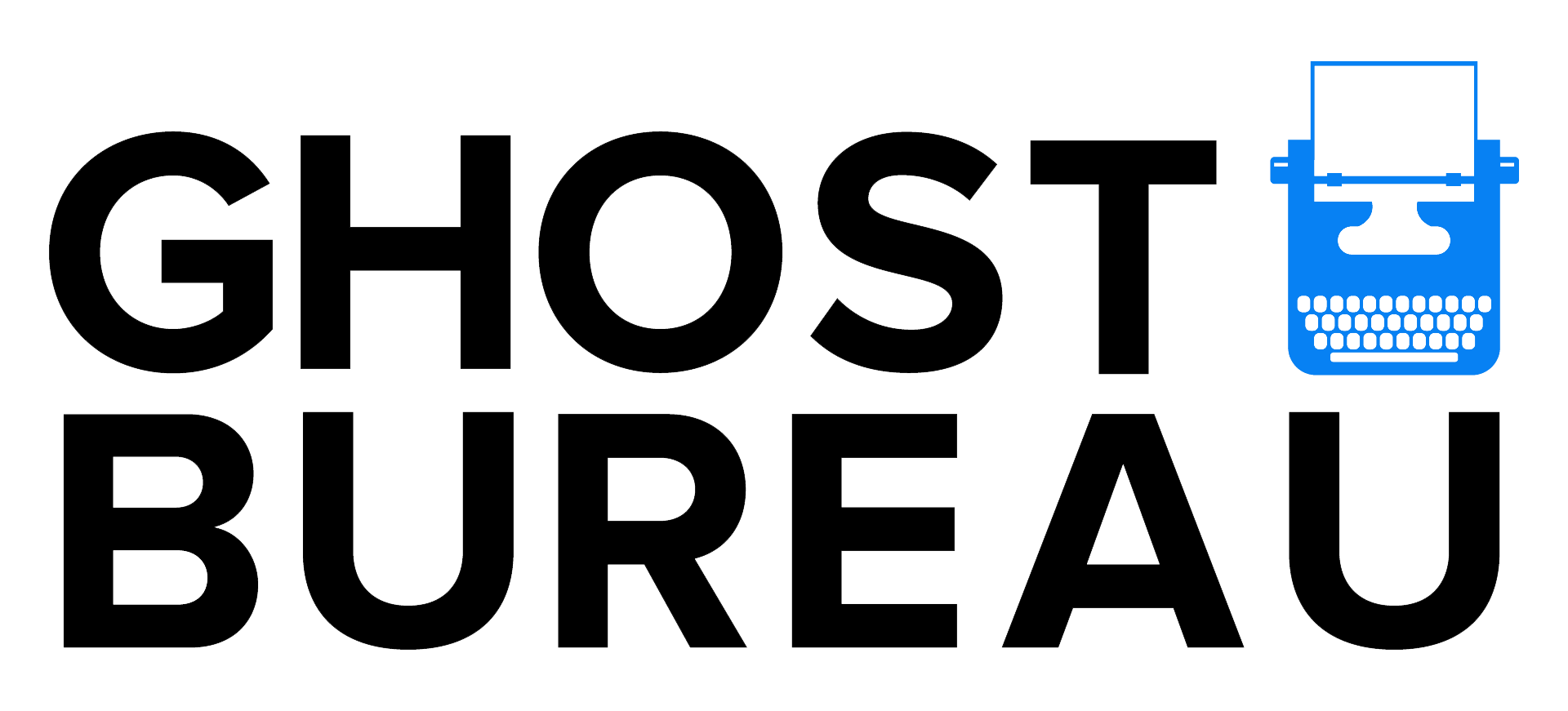How to Work with a Ghost Writer
What to do in advance of your first appointment with a ghost writer to make sure you get the most out of your time with them.
BY CHRISTOPHER SHULGAN, PARTNER, GHOST BUREAU
As a bestselling ghost writer I’ve worked with hundreds of clients over the years. This past week I encountered a new client who was more prepared than anyone else I’ve ever encountered. She came into our first meeting with a sheaf of notes that contained everything I needed to write the blog post. The experience prompted me to create this guide on how to work with a ghost writer, to make the most of your meeting and to create the best blog post possible.
Coming Up With An Idea
In all probability this is not the first part of the process. If you work with a company that has its own marketing department, likely someone has convinced the leadership team to set aside a budget for content, to develop thought leadership. Next, marketing has set aside time with you and you’ve seen this appointment in your calendar. Maybe it’s caused you a bit of anxiety. What am I going to write about? What is the central argument of my piece? These absolutely are totally appropriate questions to be asking in advance of your first meeting with a ghost writer. They show that you’re serious about the appointment. That’s great.
Now let’s talk about the idea. What separates a good idea for a blog post from a bad one? The biggest answer is boredom. I encourage my clients to think about it in terms of return on investment. Your blog post likely will take someone four to five minutes to read. They’re investing their time. So what return are you providing them?
Often, the return comes in the form of a key insight. It’s an argument that has the power to surprise. The best blog posts inspire people to make some sort of a change. Your argument should be able to be distilled into a single statement, a thesis, basically, and when you tell it to someone it should catch their interest. “That’s interesting,” is a great response to your thesis statement. And: “Tell me more.”
What you absolutely don’t want is an argument that people already know, or one that doesn’t prompt any changes to people’s behaviour. For this one, for example, the thesis statement is: Writing a blog post requires preparation from the article’s author—and this article will tell you the three best way to do that.
Do Some Research
I can hear you saying: Why do I have to do the research? Isn’t that why I’m paying the ghost writer? That’s a good point. At Ghost Bureau, we pride ourselves on our capacity to learn enough about anything to make it interesting, even the most obscure and advanced subject matter, from quantum computing to advanced cardiology.
But as the subject matter expert, your piece will benefit if you bring to that first meeting with your ghost writer some supporting research. That’s data that only you know, which somehow supports your thesis statement. Likely you already have this data at your fingertips. It could have come from a presentation that you’ve given. It could come from a white paper you’ve read recently. It should provide context to your argument. Take this blog post. To completely invent the sort of data points I’m describing:
- “When the client executive comes prepared with three statistics to back up the central argument, the blog posts crated by the ghost writer attract 75% more page views.”
- “Blog posts that feature insider context are twice as likely to result in the filling out of the lead-gen form at the end of the blog post.”
- “When posted on LinkedIn, articles with three statistics that supported the central argument attracted 125% more likes than articles without any statistics at all.”
Get the picture? Even these completely made up points help to fill out this blog posts. Any supporting data you can find is going to helpful. You get a perfect score if you can come up with three. And bonus points for anything more you’re able to assemble.
Think of An Opening Anecdote
The final piece of your blog post preparation is important for the start of the article. I like beginning with a deftly told short story that grounds the argument in the experience of a specific person. So many blog posts feel soul-less. Crafted by committee, they have all the personality scraped out of them. A quick snapshot right at the beginning is the antidote to all that. Done correctly, it pulls the reader into the story. It doesn’t have to be long—the one that begins this blog post is only a couple of sentences. What it does, though, is set up what some editors call the “turn” or the “nut graf,” the three or four sentences that convey the blog post’s argument.
To recap, here’s a handy form to help you prepare:
Central argument is this:
(Should be surprising, and provide reader with a return on the investment of their time)
Supporting data point 1:
Supporting data point 2:
Supporting data point 3:
My opening anecdote concerns this:
If you’re able to do any single one of these, you will be better than the average ghost writing client. If you’re able to do all three, you’ll be in the top 5% of all ghost writing clients out there. How to work with a ghost writer? It requires some preparation. And if you do, you’ll get the best piece possible.
Chris Shulgan is a partner at Ghost Bureau and a bestselling ghost writer who has written ten books, most of them with clients, including the first history of self-driving cars and the definitive guide to high-intensity interval training. Interested in working with a Ghost Bureau ghost writer? Contact hello@ghostbureau.com today.
